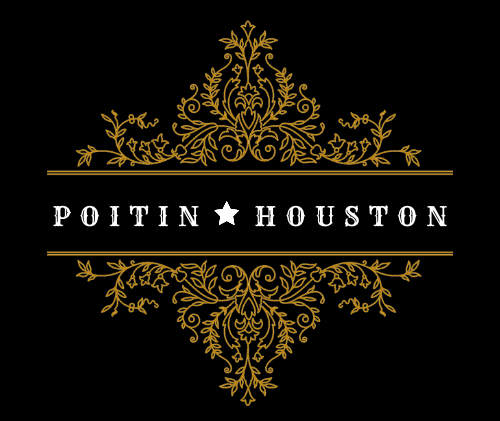Moonshine has gained in popularity in recent years. It has outgrown its reputation as a strong beverage capable of rendering you dead, blind, or paralyzed. So, what is moonshine, and how did it go from being one of the most illegal alcoholic beverages in the United States to becoming a favorite among mixologists and craft distillers?
Moonshine enthusiasts define the spirit as a fresh, unaged whiskey with a clear hue, corn base, and high alcohol content; up to 190 proof in some cases. It was traditionally manufactured in a home still and bottled in a mason jar.
Moonshine was first brought to the United States by Scottish and Irish immigrants; many of whom settled in the country’s southeastern throngs.
The spirit quickly established itself as a staple of culture in the South. But, as its popularity grew, so did the government’s interest in revenue. In 1791, Alexander Hamilton established a tax on whiskey manufacturing, making any moonshine manufacturing that was not taxed, illegal. Whiskey drinkers got around paying taxes by creating and buying moonshine at night. It was produced under the cover of darkness and the light of the moon which some believe is how the name came about.
For the next two hundred years, the illegalization of untaxed moonshine manufacturing generated generations of illicit whiskey manufacturers. This echoes how things were during Prohibition in the 1920s. It was not only made illegally but it was typically done improperly as well, adding to its negative reputation. This is due to the fact that it is not simple to make.
Moonshine is one of America’s best spirits but it’s incredibly hard to create particularly well since it’s unaged.
Oak barrels are utilised to rectify taste aspects in aged drinks. It’s difficult to develop moonshine that stands on its own, without the overpowering oak flavours associated with whiskey. However, you’ll understand why people love it once you’ve found the quality stuff.
There is a rising campaign to make good—and legal—moonshine more widely known. Distilling alcohol without a distilled spirits permit is still illegal. Major liquor businesses are redefining the spirit by producing it in distilleries though and marketing it to the general public.
A few new brands stand out from the others. White Dog is moonshine made by Buffalo Trace Distillery in Kentucky, named after a popular nickname for the drink. It pays homage to the earliest moonshine pioneers who distilled the clear, unaged spirit. Piedmont Distillers in North Carolina is the state’s first licenced distillery since Prohibition. It produces Midnight Moon, which is named after the legendary moonshiner and NASCAR racer Junior Johnson. Ole Smoky is Tennessee’s first legal moonshine distiller. It has a devoted fanbase thanks to its unique flavours (apple pie and sweet tea) and mason jar packaging.
Hrabowsky’s Standard Wormwood Distillery is located in Brooklyn’s Pfizer building. Its product is created with equal parts corn and rye, as opposed to the conventional Southern moonshine made solely from corn. The company is attempting to establish moonshine as a staple among the city’s greatest pubs, and it appears to be working.
Montana’s Trail House, a beloved Brooklyn hangout, serves a cocktail called Dream of a Mountain.
It’s served in smoked glass with a fiery blend of Standard Wormwood Distillery moonshine, honey and orange liqueur, Aperol, and Angostura bitters. I Hear Banjos, an apple-spiced moonshine cocktail, is served at The Wayland in the East Village.
Despite their belief that the future of moonshine is uncertain, they are encouraged to see an increase in craft distilleries stretching the boundaries to develop sipping moonshines. This is ushering in a new era for the spirit as the more people concentrate on producing excellent moonshine, the easier it will be for consumers to appreciate it.
